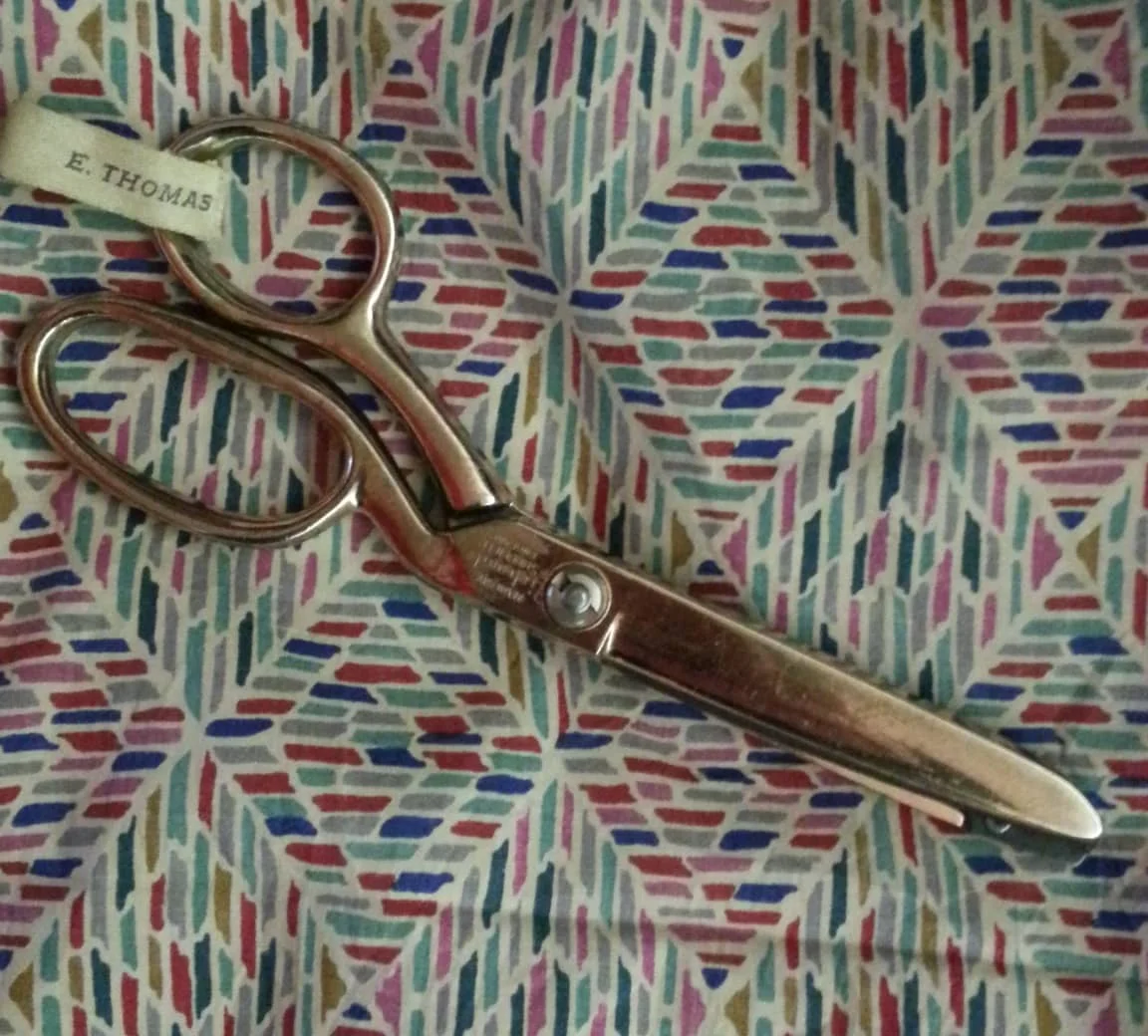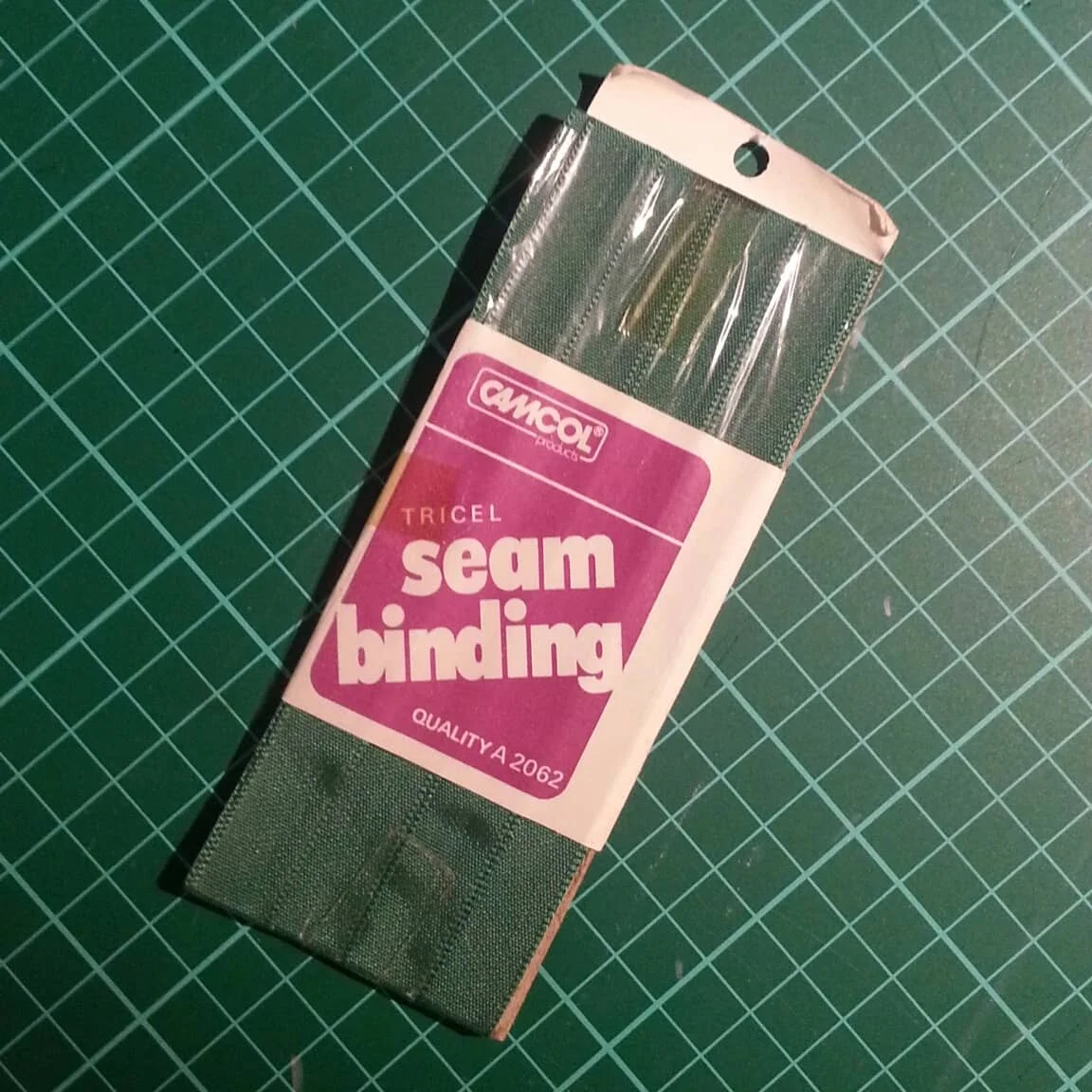Notionally Speaking: Finishing
This month's Notionally Speaking post comes from Amy from Almond Rock who randomly chose "finishing". How to finish your seams is a key decision when planning your project and Amy provides some useful advice when making this decision...
What's the deal with so many pattern companies not daring to suggest seam finishes for garments? It's like the ultimate taboo sewing subject but also a vital part of making clothes that last!
How do you finish your seams? As a beginner it always troubled me that my clothes might unravel in the wash so in the beginning I often chose to make garments with fully enclosed linings. Today I’m summarising the pros and cons of the top methods of seam finishing.
These are methods slightly more involved than zig zagging at your machine and maybe you’re thinking about trying one of them out on your next make.
French Seams
I've heard a rumour these are called English seams in France. I'm probably being totally delusional to believe that though. There's no denying these are a very handy finish!
Pros
Super robust and pleasing looking.
Perfect for sheer fabrics.
Cons
It’s nailed on that you will sew the right sides together at some point rather than the wrong sides. And probably trim the seam too. Maybe you won’t even realise until you’ve sewn a complete seam… the wrong way around.
Pinking shears
I inherited my Grandmother's pinking shears a couple of years back. They're a little temperamental and heavy to boot, but I love thinking of us both using this pair decades apart.
Pros
Quick and easy. I pink around arm and neckhole curves as a quick and dirty way to notch/clip and prevent fraying. If I had a sharp lightweight new pair I might pink all my allowances! It really looks neat inside a sundress or blouse.
Cons
Don't snip a big hole in your garment!
And don't expect your seams to last forever through repeated spin cycles and constant wear.
Bias tape/Seam binding
Have you ever spent the time to encase the raw edge of your fabric with bias tape or seam binding for the traditional Hong Kong finish?
Pros
Using bias tape as a facing is a popular technique because it is very quick, provides a clean finish and allows you to enclose an armhole or neck opening without worry of future unravelling.
Hong Kong seams are just so lovely to see inside a garment. They can bring satisfying pops of colour to the inside of a garment that make you smile everytime you wear it!
Cons
Don't forget a facing will provide more support at a neckline that you might miss by using bias.
Plus you need to not be in any kind of rush and pretty certain your garment fits, to sit and bind all of the exposed seams.
Overlockers/Sergers
In 2012 I treated myself to a baby singer overlocker. Sergei the serger if you will. Then I upgraded at the end of 2013 to a new overlocker - Sergei II. This is my go to method for finishing seams.
Pros
Super robust and professional looking.
I have two methods for incorporating the overlocker into a project.
I either use method 1 where I serge the edges of all my pieces before sewing them together, along any seam allowance that will be exposed (not any curved areas) and then sew my pieces together so seams can be pressed open. This means you can follow the pattern instructions without worry.
Or I use method 2 which a lot of ready to wear clothes use where I serge my seam allowance together which allows me to trim and enclose the two pieces of fabric at the same time. I then press towards the back.
Cons
They’re relatively expensive – basically like buying a second machine.
They can be fiddly to set up and can accidentally eat a big hole in your garment if you're not concentrating.
Method 1 does mean a bit more time needs to be spent upfront on prepping each piece.
With method 2 you have to know when to stop to serge as you often have to serge one seam before moving onto another.
So what’s your preferred method of finishing your seams?



